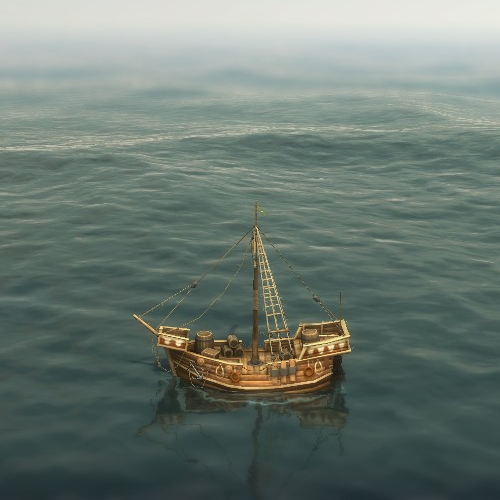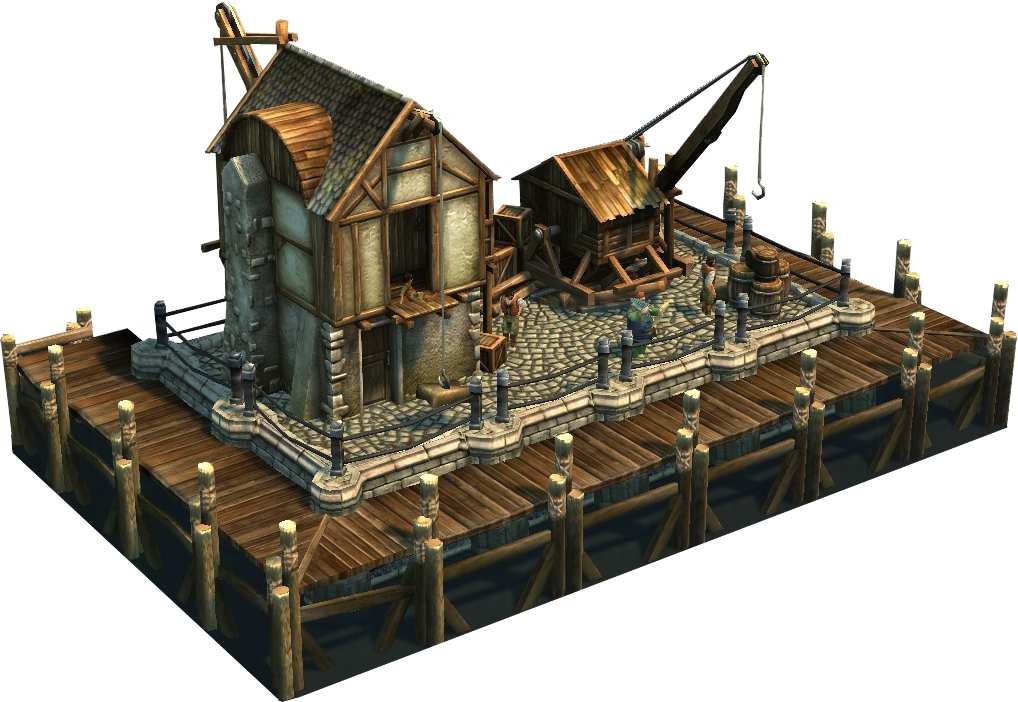



The remains of this ship are a reflection of the cultural system that produced it, and of the activities and ideologies of a highly specialized traditional subculture, that of the sailing merchant seaman. The purpose of this thesis is to present the results of the archaeological excavation and analysis of the San Marcos Shipwreck, and to place that data into a socio-historical context in order to gain insight into the emerging system of 19th century maritime commerce. The extant hull remains were completely excavated and documented, and some 223 artifacts were recovered for analysis and conservation. In the summer of 1998, FSU researchers returned to the site as part of the Clovis Underwater ’98 underwater archaeology field school. In March 1992, the site, designated the San Marcos Shipwreck (8WA501), was visited and mapped by students in the Florida State University (FSU) Department of Anthropology class ANT 4131: Techniques of Underwater Site Research. After this, she lay forgotten for over a century. After the fire was extinguished, whatever cargo that survived was salvaged, and the hull itself was attacked in order to remove as many fasteners and fittings as possible. Sometime around the height of this maritime commerce, probably in the 1840s, a sailing merchant ship burned to the waterline near old Fort St. Marks region, even while it continued to thrive elsewhere. But with a suddenness matching its rise, this trade system would collapse in the St. These towns became a communication and commercial nexus between territorial Florida and the industrial and economic centers of the rest of America and Europe. Marks River to accommodate the expanding cotton, naval stores, and lumber trade. Marks and Newport-were established along the St. As territorial Florida opened to an influx of settlers, shipping increased dramatically, dominated by a new type of cargo, that of bulk commodities. Maritime activity in the Gulf of Mexico underwent a series of rapid and substantial changes throughout the 19th century.


 0 kommentar(er)
0 kommentar(er)
